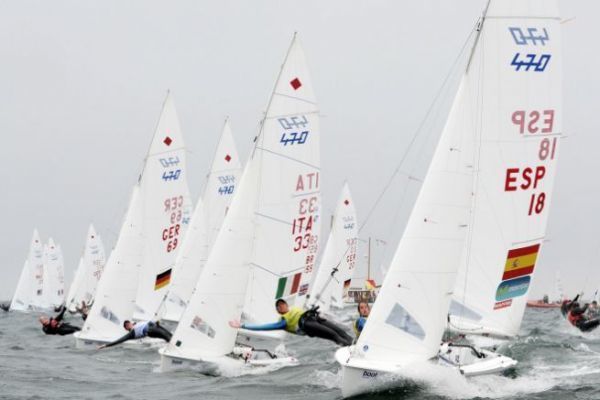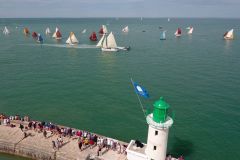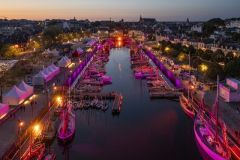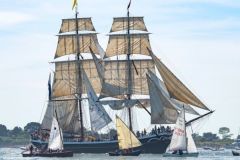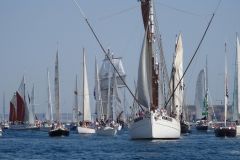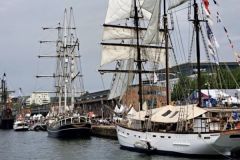An imperial birth

The first Kiel Week opened on June 17, 1882. The event was born in the wake of Emperor Wilhelm II, a sailing enthusiast and great supporter of the German port city. The regatta soon became a symbol of naval prestige for Imperial Germany. Yachts such as the Meteor IV and the Germania competed, marking the start of a golden era for competitive shipbuilding.
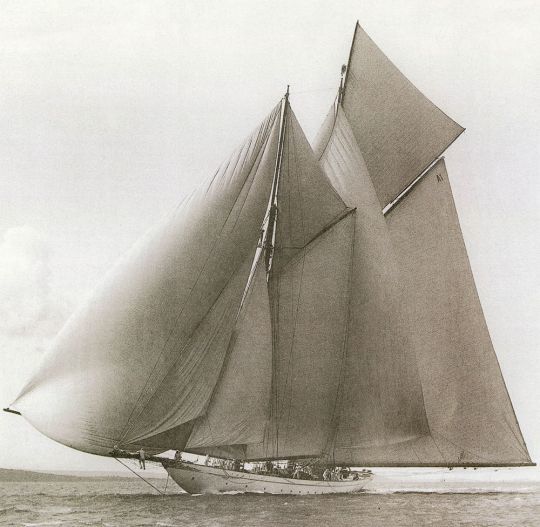
The Kiel Week is more than just a sporting event; it's also a mirror of German history. The fact that a zeppelin flew over the regattas in 1913 testifies to the technological fascination of the time. But the First World War brought an abrupt halt to the momentum. It wasn't until 1920 that the event resumed, before suffering another eclipse with the arrival of the Nazi regime.
Post-war reconstruction
In 1948, the Kieler Woche is reborn, on the initiative of several German sailing clubs, including the Kieler Yacht-Club. This new era was marked by cooperation and peace. By the 1960s, the event had regained its international lustre. In 1972, Kiel once again hosted the Olympic regattas for the Munich Games. The Kiel Fjord became a global showcase for top-level sailing.
In 1993, a decisive turning point was reached: in view of the growing number of participants, the week was split into two distinct periods â?" the first reserved for Olympic classes, the second open to all types of craft. This new organization makes it easier to manage the 2,000 boats and 5,000 participants who take part in the event every year.
An arena open to all formats

Visit Kieler Woche is distinguished by the exceptional diversity of the competing boats. There are dinghies, skiffs, multihulls, ocean racing yachts, German navy vessels and even traditional tall ships. From local dinghy beginners to Olympic champions, there's something for everyone. The spectacle is total, both for the competitors and for the spectators massed on the beaches of Falkenstein or in the Olympic center of Schilksee.

The visual highlight of the week is the large sailboat parade, which takes place in the middle of the event. Hundreds of ships, both traditional and modern, leave Kiel's city center together for a parade on the fjord, to the applause of thousands of visitors lining the banks.
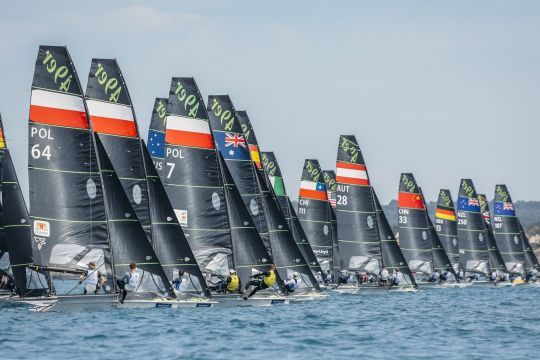
A popular and cultural institution
Visit Kieler Woche is not just about competition. It's also a huge popular festival, attracting up to 3.5 million visitors every year. More than 2,000 cultural events, concerts, exhibitions and outdoor activities punctuate the nine days of festivities.
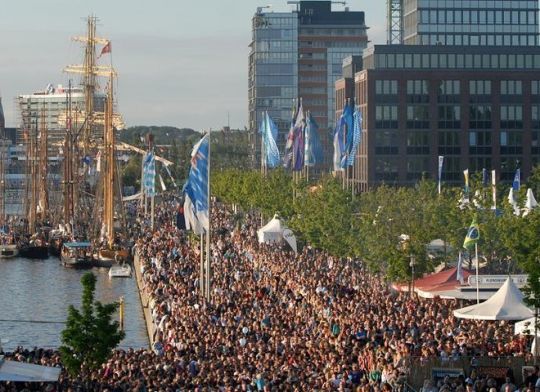
The slogan "free, open-air and for all" embodies the open spirit of the event. The official poster, renewed every year for several decades, has become a visual icon, as much a collector's item as an act of communication.
Legends and a king
Over the decades, some of the biggest names in sailing have made their mark in Kiel: Dennis Conner, Paul Elvstrøm, Jochen Schümann, Russell Coutts, Sir Ben Ainslie and Peter Burling. But the man whom Kiel Week considers its "king" is a local: Wolfgang Hunger, three-time Olympian, who has won the week 24 times. At 62, he is still aiming for a 25? victory. His career embodies better than anyone the intimate bond between Kiel, its sailors and the spirit of regatta.

 /
/ 